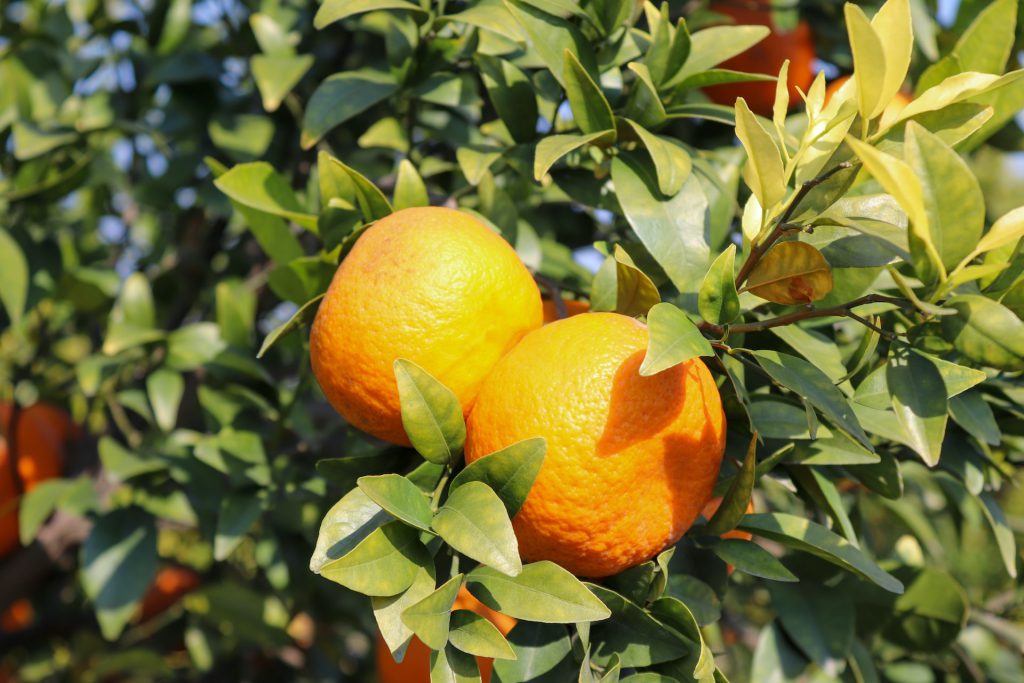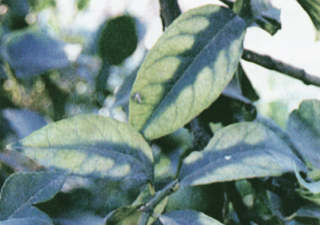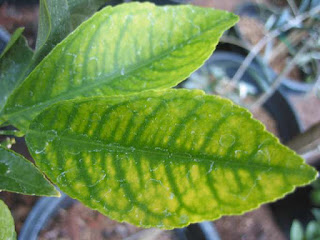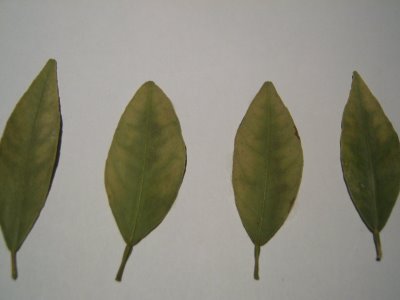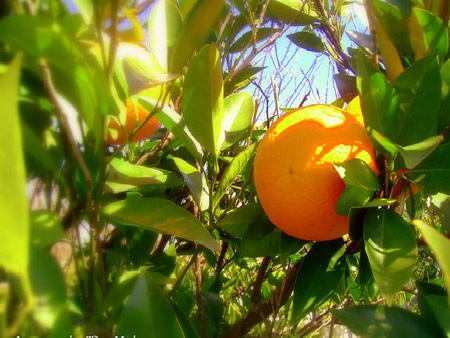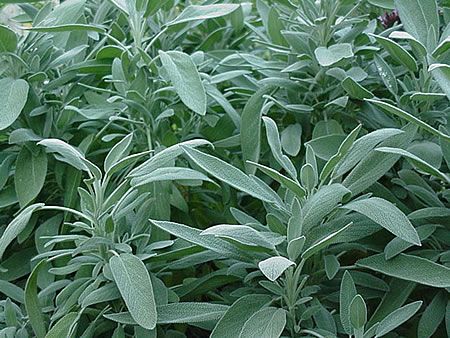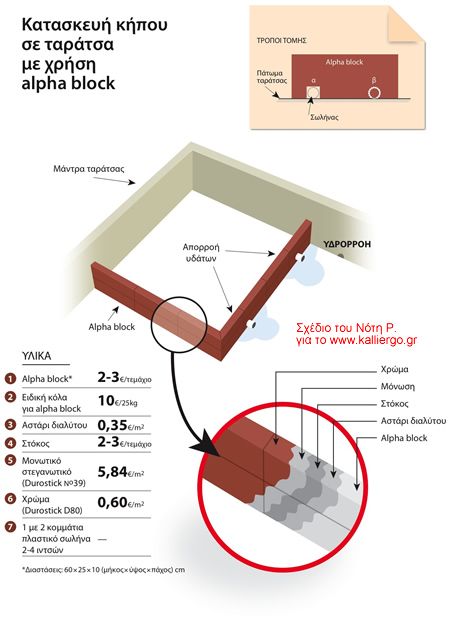Want to learn about growing orange trees in the garden or in a pot in the city? You are in the right place!
Greek name: Πορτοκάλι, Πορτοκαλιά
Scientific name: Citrus sinensis, Aurantiaceae or Hesperideae
This family includes many well-known species such as tangerine tree, sour orange tree, lemon tree, bergamot tree, kumquat tree and others.
For a gardener the most basic and essential factor for success in orange trees cultivations is the soil or the soil inside the pot.
Let’s look at the basic nutrients that the orange tree needs.
Orange trees main nutrients
The main nutrients for growing orange trees
Nitrogen (N): essential for the smooth growth of orange, tangerine and citrus in general. Nitrogen is most needed during the flowering and fruit binding season. In conditions of nitrogen deficiency, the leaves are smaller than normal in size and light green in color. Oranges production is reduced but fruit quality is not affected. One of the characteristic effects of nitrogen on the fruit is an increase in bark thickness and roughness.
Phosphorus (P): an essential element in the nutrition of citrus fruits because it is an important component of the organic substances in the cells. In citrus leaves, the amount of phosphorus is equal to about 1/20th of the nitrogen. When there is a lack of phosphorus, the fruit is soft and the juice is acidic.
Potassium (K): potassium, like the previous ones, is necessary. In conditions of potassium deficiency, we have severe leaf drop (especially in spring), the appearance of small brown spots and most characteristic is the appearance of small weakened new shoots.
Orange trees secondary nutrients
Magnesium (Mg): magnesium deficiency is often observed in orange trees. Initially the leaves show chlorotic spots, and in an advanced stage of magnesium deficiency a reverse V is formed, we see it as Greek Λ, on the leaf, but the leaves remain green. Often magnesium deficiency is caused due to strong competition with potassium.
Figure 2. Magnesium trophobenia in orange leaves.
Trace elements
Iron (Fe): small amounts of iron are required in orange trees and therefore iron deficiencies are rarely observed. The most characteristic symptom of iron deficiency is the obvious difference in color between the veins of the leaf and the rest of the leaf.
Figure 3. Iron deficiency in a citrus leaf.
Zinc (Zn): zinc deficiency is very common and occurs in most citrus fruits. Leaves remain small and narrow, and become pointed at the top. The lack of zinc element is mainly due to the fact that it is an element that is difficult to move in the soil, not because we are doing something wrong.
Figure 4. Zinc deficiency in sour orange tree leaves.
Manganese (Mn): a characteristic symptom of manganese deficiency is yellowing of the area between the veins of the leaves. Although manganese deficiency is common in orange, tangerine and other citrus fruits, it does not affect fruit production. It is observed in all soil types because in light soils it is easily washed away and in heavy soils it is bound and not delivered to the plants.
Figure 5. Manganese deficiency in lemon tree leaves.
Fertilization of orange trees
To plant orange, tangerine or any citrus tree in the garden or pot, the pH should be between 5.5-7.0. Soil has to be well drained and contain no more than 30% lime. If you know the pH of garden or potting soil and it is not within these limits, you can do the following: to increase pH, add powdered lime. To lower pH, he add sulphur in pure form.
What nutrients does the soil need?
To clearly answer this question, the best way is to have a soil and leaf analysis done in a laboratory to avoid over-fertilization and also to save money.
Beyond that, the first concern of a gardener to improve his soil, to make it fluffy so that air can circulate, to add organic matter (eg manure or compost) which improves fertility, facilitates the uptake of elements and at the same time contains quantities of trace elements.
The application of manure to the garden or pot is done every two to three years, unless you have replaced the soil, in which case new manure is added and the counter starts again.
The appropriate amount of manure for a garden of e.g. 10 square meter is 3 – 6 kg. It has been found that more frequent but smaller doses of manure have better results. For the pot, with a diameter of 35 – 40 cm, 2.5 – 3 tablespoons are needed.
If the soil is light we put the manure at a depth of 15 – 20 cm, but if the soil is heavy we incorporate manure superficially at 5 – 10 cm.
Fertilizers for orange trees and their application
Excessive use of fertilizers can cause side effects on the trees, effect their productivity but also the fruits. Fertilizers can be applied either in the soil, in their granular form, or mixed with irrigation water ( fertigation) or by spraying on the leaves (translaminar fertilization). For the correct fertilization we have to take into account the size of the tree, whether our soil is fertile, the variety of the orange tree and other factors.
In light, sand-like soils, we apply a larger amount of nitrogen because in them it is washed away more easily and quickly due to watering.
In heavy, dark soil, we apply a larger quantity of potassium because the clay holds the element and the plant has difficulty in taking it up.
In soils that are ‘in-between’ we moderate the amounts of both elements.
The main simple nitrogenous fertilisers that can be used to fertilise orange trees are:
Ammonium sulphate (21% nitrogen): it is quite soluble and to be absorbed it must be applied at least five weeks before flowering (second half of March). It is recommended to be left undisturbed unless the soil is light and permeable. In heavy soils, it is retained by the clay and is not easily washed away by irrigation water.
Ammonium nitrate (33,5 % nitrogen): the nitrogen content of the fertilizer in the first half is immediately absorbable because it is in the nitrate form. The second half is in the ammoniacal form, where it is very soluble and is therefore used on the surface of the soil. However, it is not retained by the clay and is easily washed away.
Ammonium nitrate (26 % nitrogen): The nitrogen is in both nitrate and ammonia forms. It is used in calcium-deficient soils and is applied on the surface. It is good to reach a depth of 5-7 cm.
Ammonium nitrosulphate (26 % nitrogen). It is ammonia nitrate mixed with sulfate in a ratio of 50:50. It has 1/4 nitrate nitrogen and 3/4 ammonia nitrogen. It is the predominant nitrogen fertilizer used to reduce the pH of the soil. It must be covered by soil.
Urea (46% nitrogen): This is a slow-acting fertilizer and must be broken down first so that it can be absorbed by the soil. Therefore, it is used in the soil at least 7-8 weeks before flowering (early March) and in translaminar sprays at a rate of less than 1% pure urea, with formulations, without diuria. It must be covered with soil otherwise nitrogen losses are very high.
Application of nitrogen fertilization on orange trees
Add to the soil 0.4 – 0.8 units of nitrogen per orange tree if you have a garden, or else in the pot on the sapling, depending on its size and soil composition.
Nitrogen fertilization should be applied in one dose or at most in two doses, the first of which should be 3/4 of the total and the second 1/4 (after the petals have fallen from the flowers). It should not be applied later because it may delay ripening, reduce fruit quality, prolong germination in autumn and thus increase the sensitivity of the trees to cold (frost), etc.
Ammonium phosphate (16-20-0 or 20-10-0) should be excluded from the fertilization of orange trees because it is associated with fruit curling.
The main phosphorous fertilizer that can be used on orange trees is:
Simple superphosphate (0-20-0): it is widely used in Greece. It has the highest solubility and mobility in the soil than other phosphorus compounds. However, as these compounds are relatively small, the fertilizer must be contend the soil.
Application of phosphate fertilizer on orange trees
Add 0.4 to 0.8 units of phosphorus to the soil in winter and then incorporate it to a depth of no more than 5 to 7 cm. Coating is necessary because of the minimal mobility and solubility of phosphorus in the soil.
Application of potassium fertilizer on orange trees
The main potassium fertilizers that can be used on orange trees are:
Potassium sulphate (0-0-48): it has low solubility in water and mobility in the soil, therefore it is not used on the surface but inside the soil (intra-soil) after it has been applied. If used on the surface, its effectiveness is significantly reduced. It is considered the best adapted form of potassium fertilizer to all soils.
Potassium nitrate (13-0-44/46): has better mobility than all potassium formulations, increased efficiency and naturally 13 % nitrogen in nitrate form, which is readily assimilable.
Potassium fertilization application
Add 0.5-1.0 unit of potassium to the soil in winter, i.e. about 1-2 kg of potassium sulphate or potassium nitrate per tree and necessarily incorporate it lightly (5-7 cm). If we have the orange tree in a pot, we use half the amount, from 500 grams to 1 kg. Potassium fertilisation is carried out every 3-4 years with quantities of 4-5 kg of potassium sulphate per tree.
Trace elements fertilization
For magnesium deficiency, the following is recommended: in light, sandy soil, add a few grams (3-5 grams) of zinc sulphate in autumn or early spring. Of course, it will not give results immediately, but it will start to reduce the food deficiency. In heavy soil, it is good to spray each new growth with 1% magnesium nitrate. Caution: a wetting agent must be added to the spray.
For iron deficiency, the following is recommended: when the deficiency is light, spray with iron chelate either in spring or autumn at a dose of 0.1 %. If it is advanced, add organic iron to the soil or pot in spring, depending on its iron content. Also, the fertilizers ammonium sulfate, potassium sulfate and manure, because they lower the PH of the soil, also help to control food poisoning.
For zinc deficiency: at the beginning of germination in spring, when our tree has reached 1/3 of its final length, a spray with 23% zinc sulphate, at a dose of 3 grams in 1 liter of water, with the addition of a wetting agent or mixed with 1.5 grams of slaked lime, is necessary. Give the tree a good “wash”. It is important that this spraying is not done during flowering and can also be repeated in the small growth in autumn. Zinc oxide can also be used at a dose of 0.2 % and finally the formulation ZINEV can be used as a fungicide in the spraying against phytophthora, because its main element is zinc.
For manganese deficiency: it is important to fertilize with substances that lower the pH of the soil, such as sulphur, ammonium sulphate, etc., to use a fungicide formulation that has manganese as a basic element, such as MANCOZEB marketed under the names M45 and DITHANE ULTRA, and also a therapeutic spray of 1% manganese sulphate can be applied to new growth.
Also, commercial fertilizers used in the fertilization of oranges and all citrus trees, and suitable for organic cultivation are:
- Femvigor: available in powder, 40 kg bags and applied before sowing in the garden or transplanting in the pot, as well as at the beginning of the growing season.
- Dacota: it is in liquid form, in containers of 1 litre, applied together with water for watering the roots and after pruning where we apply a smear to the wounds. In a garden we use 3 ml/sq m and for our pot, we dissolve a little less in water.
Orange varieties
Washington navel (Merlin) orange: it is known by the name Merlin and is the variety grown mainly in Greece. Its fruit has rich juices and ripens in late October-early November.
Figure 6. Oranges of the Merlin variety
Yaffa or Cyprus: grown mainly in Cyprus but also in Israel. The fruit is chunky but the rind is a little “bumpy” in texture.
Valencia Late: a Spanish variety that has spread throughout the world. It is a variety that ripens in March and gives us fruit in the summer.
Other varieties grown but on a much smaller scale are the Sweetbreads or Noltsia or Seceria, the Cretan Lainata and others.
Tips for growing orange trees in pots
The soil in pots should be allowed to dry out between irrigations.
Orange trees are resistant to drought but not to cold, the pot should be placed in a spot that is protected as much as possible from the cold.
If you buy a sapling from a nursery to transplant, the new pot should be larger than the pot the plant is already in. Caution: when transplanting, do not disturb the ball of soil covering the root. After putting soil in the large pot, transplant and add soil by pressing it lightly and finally water.
For best results, we drill a hole in the bottom of the pot for better drainage, but to prevent soil from “running off”, we permanently place a piece of cloth between the pot and the saucer.
Agronomist Sophia Papazoglou
Agricultural Engineer MSc “Environmental Management”
Photo by Ajmal Khan on Unsplash
Tags: FERTILIZATION • GARDEN • INSTRUCTIONS • ORANGES • POT • TIPS • TREE • VARIETIES

